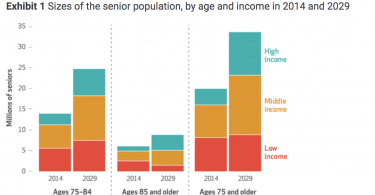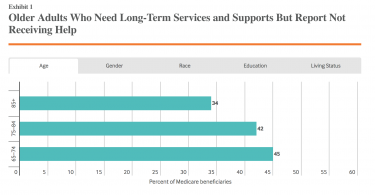Congress has just passed an $8 billion emergency spending package to help address the coronavirus...
Medicaid
Trump administration acts to address some needs of older adults...
With the coronavirus spreading quickly in the US and few federal efforts to date to contain it, the...
Trump confirms his plan to cut Medicare, Social Security
If you value your Medicare and Social Security benefits as much as the vast majority of Americans...
Many middle-income older adults will be unable to pay for...
A new paper in Health Affairs projects that many middle-income older adults will not be able to...
Medicare and Medicaid: How they work together
Nearly 12 million people with Medicare also are enrolled in Medicaid. If you have Medicare and...
Organizing older adults to defend our health care
A recent paper by Community Catalyst’s Leena Sharma, Carol Regan and Katherine Villers...
HHS head says we need Medicare for big system change
What does it take to drive big health care system change? Trump’s HHS head, Alex Azar, recognizes...
Two in five older adults needing long term care do not get it
As they age, most older adults living in their communities rely primarily on family and other...
Medicare and Medicaid are more cost effective than commercial...
In his latest post for the New York Times, Austin Frakt makes the case that both Medicare and...
Republican Medicaid reform proposals devastating
As a pediatrician, I prioritize the importance of Medicaid in child health. But as an American I...










